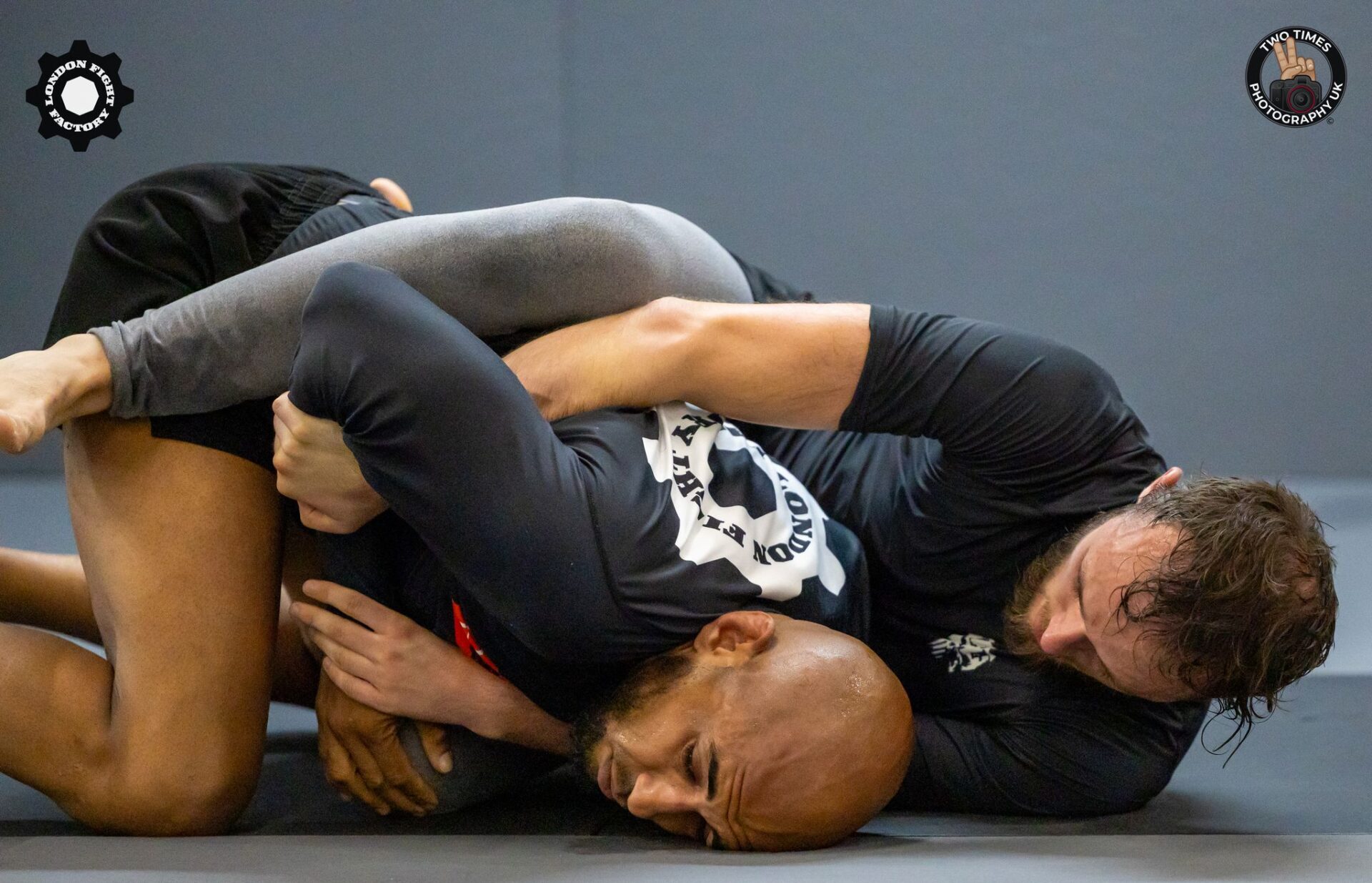Introduction
The Brazilian Jiu-Jitsu (BJJ) belt system plays a crucial role in measuring progress and skill level in this martial art. For practitioners, each belt represents a significant milestone on their journey, reflecting their dedication, improvement, and mastery of techniques. This blog provides a detailed overview of the BJJ belt system and the criteria for progressing through the ranks. Whether you’re a beginner or an advanced practitioner, understanding the belt system can help you set goals and track your progress.
Table of Contents
- The History and Philosophy Behind the BJJ Belt System
- The Different Belts in BJJ and What They Represent
- Criteria for Promotion: What Does It Take to Move Up?
- The Significance of Stripes on a BJJ Belt
- Common Challenges and Milestones at Each Belt Level
- Tips for Accelerating Your Progress Through the BJJ Ranks
The History and Philosophy Behind the BJJ Belt System
The BJJ belt system has its roots in the traditional Japanese martial arts ranking system. When the Gracie family developed Brazilian Jiu-Jitsu in the early 20th century, they adapted the belt ranking system to suit their new martial art. The belt system in BJJ is more than just a way to measure progress; it embodies the philosophy and values of the discipline, including respect, perseverance, and continuous learning.
Key Takeaways
- The BJJ belt system originates from Japanese martial arts.
- It represents not only technical skill but also the philosophical values of respect and perseverance.
The Different Belts in BJJ and What They Represent
White Belt
The starting point for all BJJ practitioners, the white belt represents a beginner’s status. Focus is on learning the basics and fundamental techniques.
Blue Belt
This belt indicates a solid understanding of basic techniques and the beginning of deeper exploration into the art. Practitioners typically spend 2-3 years at this level.
Purple Belt
Purple belts have a higher level of technical proficiency and start to develop their style. This level often involves a greater emphasis on teaching and mentoring lower belts.
Brown Belt
Brown belts are advanced practitioners who refine their techniques and prepare for the black belt. They often have over five years of training experience.
Black Belt
Achieving a black belt is a significant milestone, symbolizing a high level of expertise and commitment to BJJ. Black belts continue to learn and contribute to the art.
Beyond Black Belt
Higher ranks include degrees of black belt and the prestigious red belt, awarded to those who have made significant contributions to BJJ.
Key Takeaways
- Each belt color represents different levels of skill and experience.
- Progression through the belts involves both technical proficiency and personal development.
Criteria for Promotion: What Does It Take to Move Up?
Promotions in BJJ are based on several factors, including:
- Technical Proficiency: Mastery of techniques appropriate for the current belt level.
- Attendance and Time: Consistent training and time spent on the mat.
- Instructor Evaluation: The instructor’s assessment of a practitioner’s skills, attitude, and contributions to the class.
Key Takeaways
- Promotion criteria include technical skills, consistent training, and instructor evaluation.
The Significance of Stripes on a BJJ Belt
Stripes are used as markers of progress between belt promotions. They indicate smaller achievements and milestones within a belt rank, helping practitioners stay motivated.
Key Takeaways
- Stripes signify progress and smaller achievements between major belt promotions.
Common Challenges and Milestones at Each Belt Level
White Belt
Challenges: Learning the basics, overcoming the initial physical and mental demands.
Milestones: Understanding fundamental positions and techniques.
Blue Belt
Challenges: Retaining a large volume of techniques, avoiding plateaus.
Milestones: Developing a game plan and strategy.
Purple Belt
Challenges: Refining techniques, dealing with increased expectations.
Milestones: Starting to teach and mentor.
Brown Belt
Challenges: Perfecting techniques, preparing for the black belt.
Milestones: Significant contributions to the gym and community.
Key Takeaways
- Each belt level presents unique challenges and milestones, reflecting the practitioner’s growth.
Tips for Accelerating Your Progress Through the BJJ Ranks
- Consistent Training: Regular attendance and consistent practice are key.
- Seek Feedback: Actively seek and apply feedback from instructors.
- Focus on Fundamentals: Mastering basics provides a strong foundation for advanced techniques.
- Growth Mindset: Embrace challenges and learn from setbacks.
Key Takeaways
- Consistency, feedback, and a focus on fundamentals can accelerate your progress.
Conclusion
Understanding the BJJ belt system is essential for any practitioner. It not only marks your progress but also embodies the core values of Brazilian Jiu-Jitsu. By grasping the significance of each belt, adhering to the criteria for promotion, and navigating the challenges at each level, you can enjoy a fulfilling journey through the ranks. Embrace the learning process, remain patient, and savor each milestone on your path to mastery.
For more information about our coaches, visit our Coaches Page.
Interested in trying a class? Check out our Trial Class Page.
Ready to join a single class? Visit our Memberships page.










